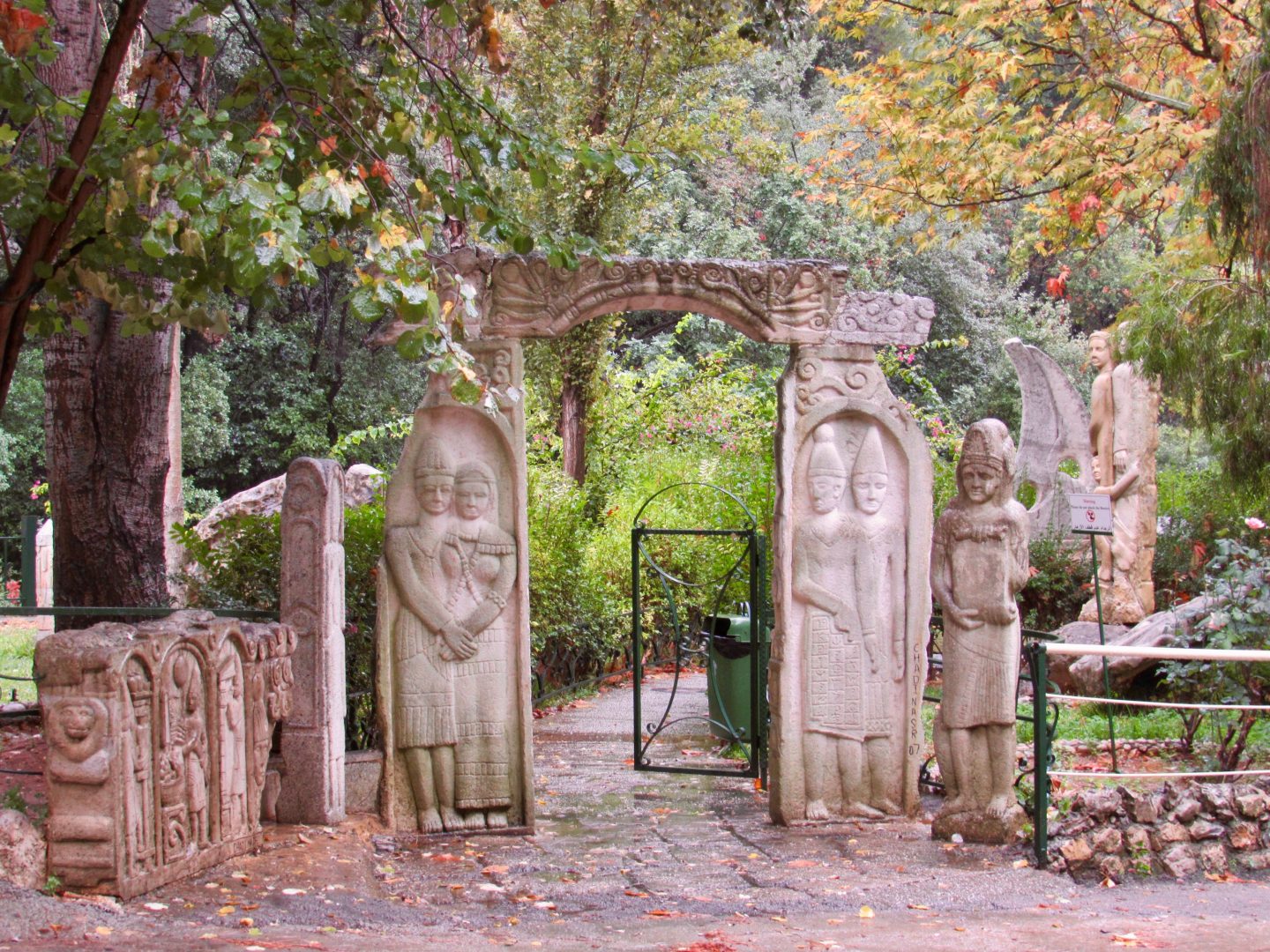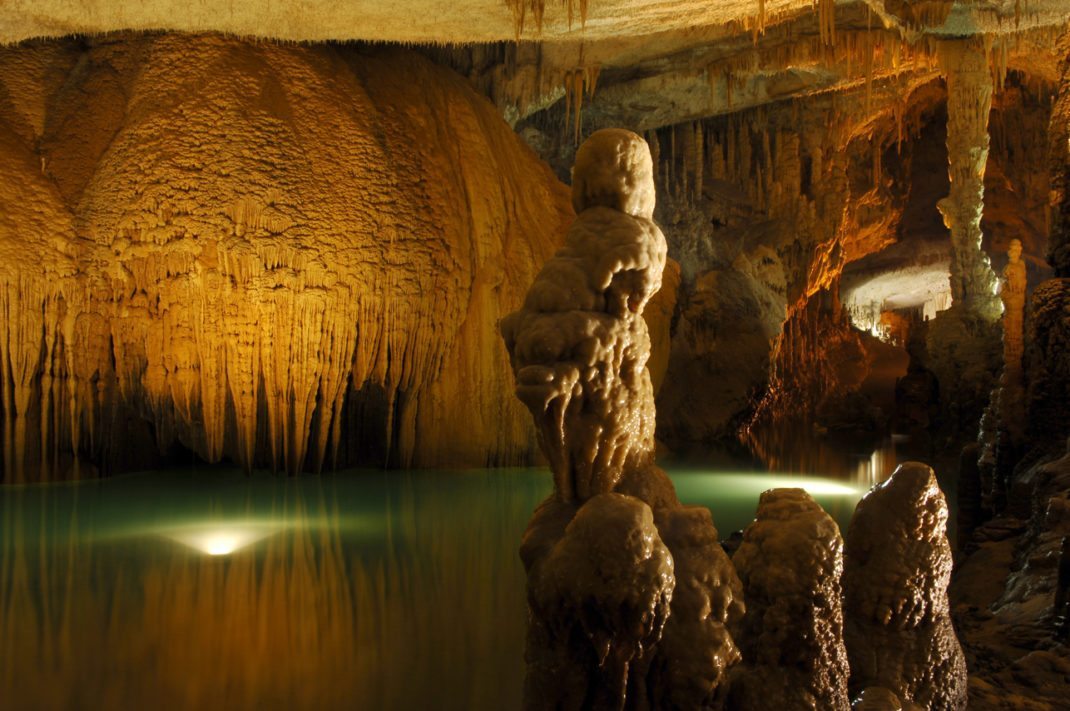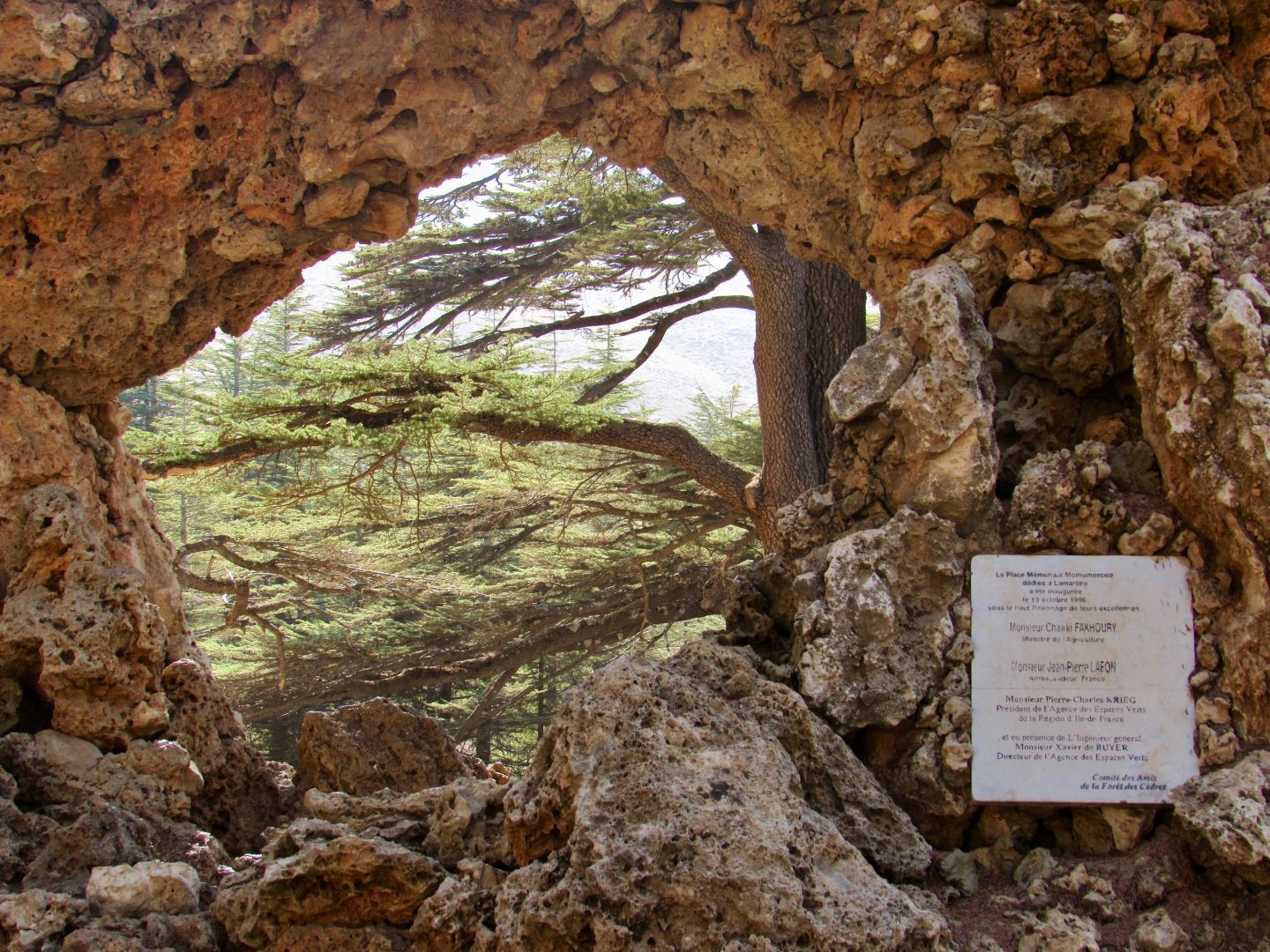If you go to Lebanon, you must include a visit to the Jeita Grotto. Those who rent a car in Lebanon can drive from their hotel in Beirut, since it is only 11 miles (18 kilometers) north of the capital. Not anyone can drive in Lebanon, because they are very bad drivers. I simply drove like a taxi driver from Panama and used Waze to discover where to go.
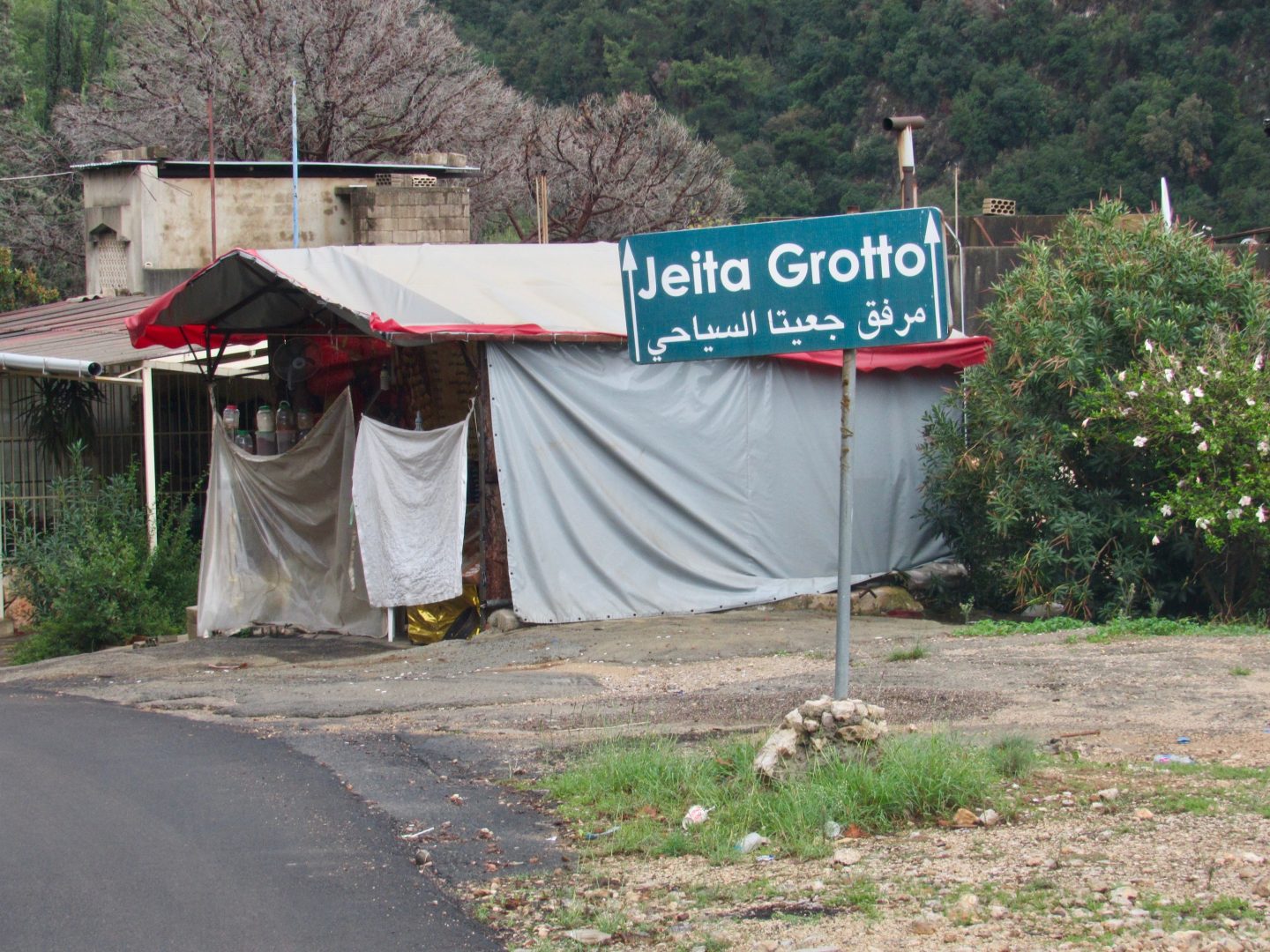
The public transport system in Lebanon is very limited. I drove almost all over the country, from Tripoli to the Cedars of God, and I don’t remember seeing any buses. But there seems to be a mini-bus that takes you from Darwa to the entrance of the road to Jeita via the Beirut-Jounieh highway. From there you can take a taxi to the caves.
Jeita, which means “roaring water” in Aramaic, is the city where the cave entrance is located.
The Grotto of Jeita was an almost perfect plan for a rainy day
We went to Lebanon in November when it was midsummer, which also means it rains. We decided to go to the grotto since it is mostly inside. Our hotel, Four Seasons Hotel Beirut called to verify that it was open, because if it rains too much they can close the caves. In winter they close the Grotto of Jeita for vacations as the flow of water grows too strong. You should check the exact dates on the web, but it is usually between January and February.
You can visit this site from Tuesday to Sunday (Monday is closed) from 9 a.m. at 5 p.m. Admission is $6.80 for children and $12.06 for adults. You can pay in dollars or Lebanese pound.
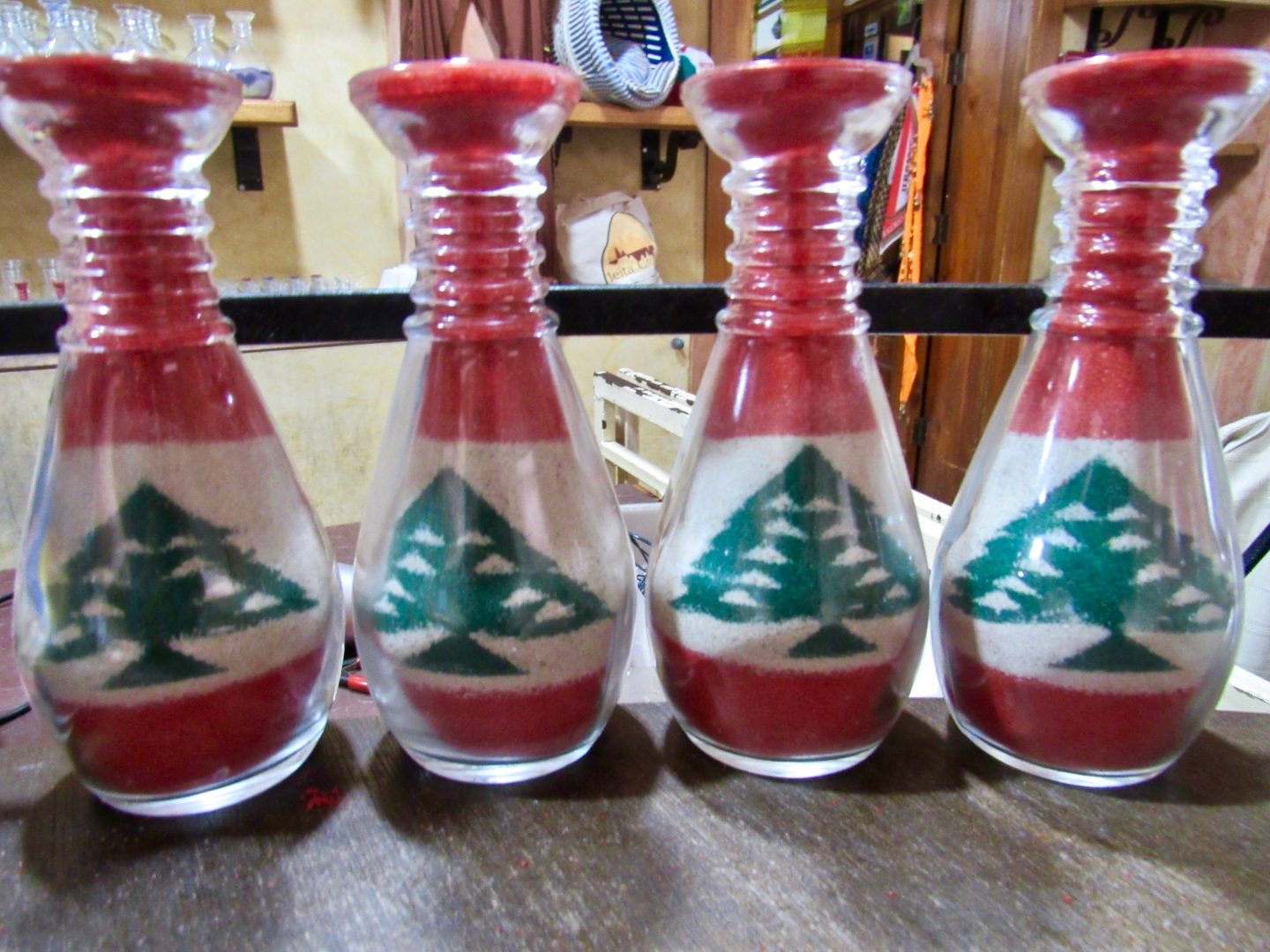
The history of the Jeita Grotto in Lebanon
Both caves are made of karst limestone and are interconnected, despite being separate spaces. They are almost 9 kilometers long (5.6 miles).
There is evidence that the caves were used in prehistory. Ancient traces of foundry were found in a smaller cave near the Nahr al-Kalb River, suggesting that the cave was used in ancient times to produce swords.
The lower grotto was rediscovered before the upper one by Rev. William Thomson, an American missionary, in 1836. He entered about 50 meters (160 feet) into the cave until he reached the underground river and fired his weapon. The resulting echoes convinced him that he had found a cave of great importance.

In 1873, two engineers from Beirut Water Company and their friend, another Reverend set out to explore the cave. They came to a waterfall called “Rapids of Hell”, as the torrents broke into sharp rocks like razors. Of course that was not something we saw. They reached 625 meters (2,051 feet) from the entrance. Since then, Lebanese explorers have continued exploring Jeita’s cave to reach the 9 kilometers we know now.
Jeita Grotto is open to the public in 1958
In 1958 the lower grotto was opened to the public, while still being explored. In that year they found the upper cave about 60 meters (200 feet) above. Now that I went, a diving sign in the cave caught my attention and asked if I could dive. Of course they said no, but they told me that the explorers had found a third cave below.

The caves were closed by the Lebanese Civil War in 1978 and their tunnels were used to store ammunition. While the outer buildings were for military purposes. They reopened in 1995 after 15 months of restoration and a million dollars of investment.
Recently the Jeita Grotto was selected as one of the 14 Natural Wonders in the New7Wonders competition.
The Upper Grotto
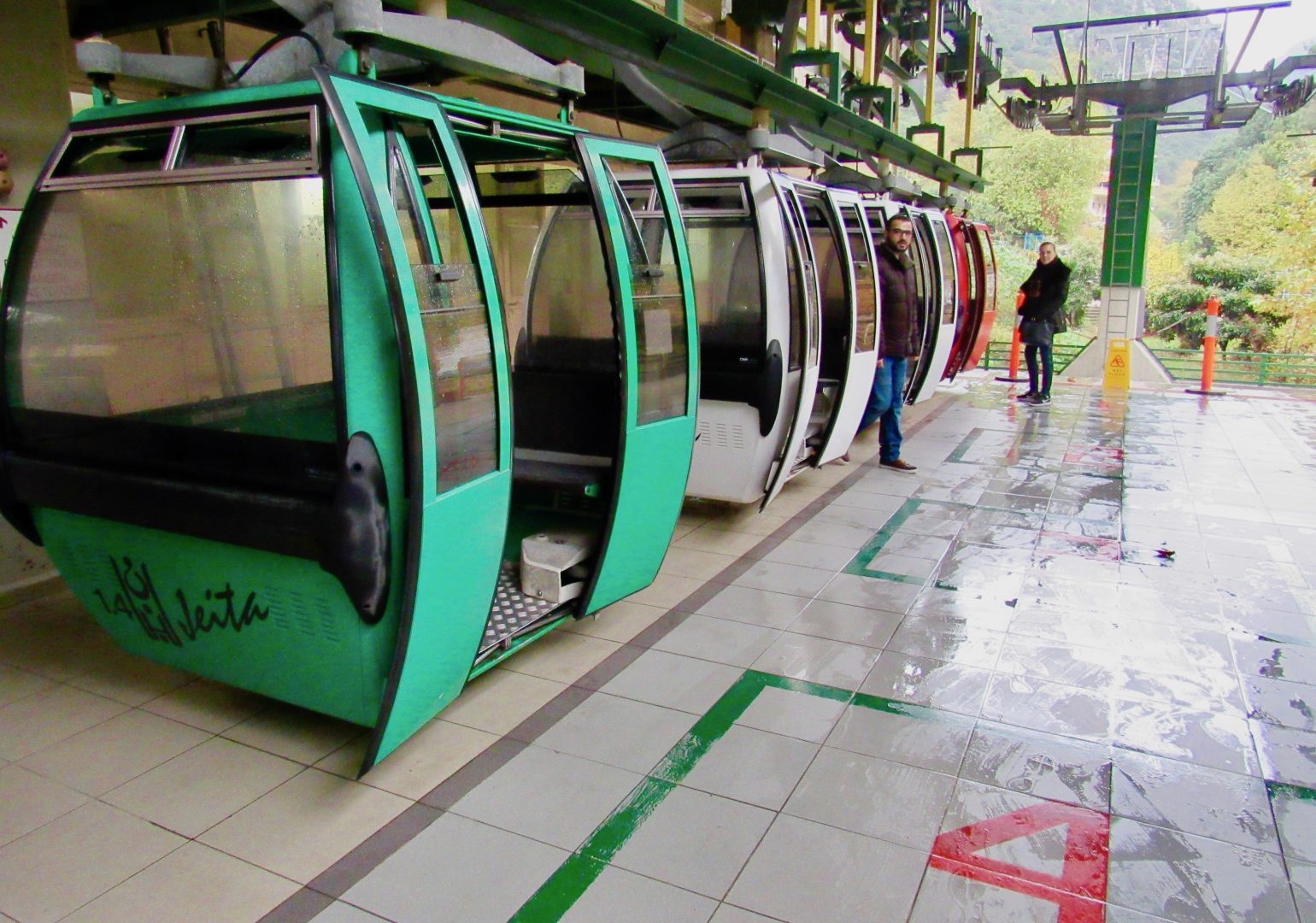

You can walk at your own pace marveling at the geological formations. My favorites were definitely mushrooms. The cameras illuminate very well and even in one part you can see the river from the lower grotto.
The temperature inside the caves remains constant at 61 degrees Fahrenheit (16 degrees Celcius) throughout the year.
The Lower Grotto
To get to the lower cave you must take a train. We did not visit Lebanon during the tourist season, and this was the only place we saw international tourists out of all the places we visited. The train took a while to leave and an Italian made a joke that the train had to be Italian because it left late and in fact, it had the word “Italy” on the train.
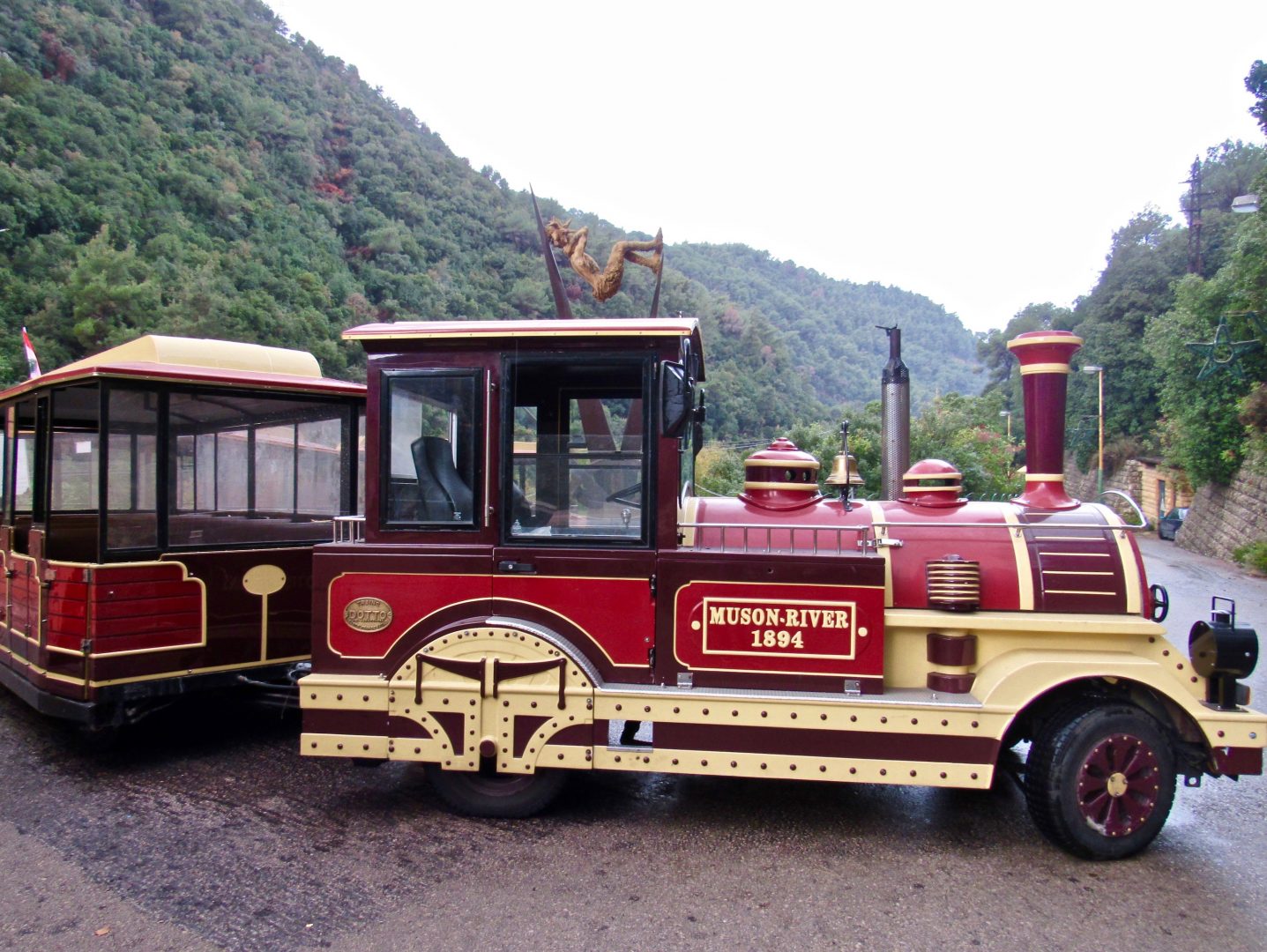
When I got off the train it started to rain very hard and my flip flop broke on my way to the entrance. There was a kiosk where they made and sold souvenirs. They lent me crazy glue and I was able to paste my shoe. In front of the entrance to that section of the Jeita Grotto there is a large statue called “the Guardian of Time.” It was made by the Lebanese sculptor named Tony Farah.
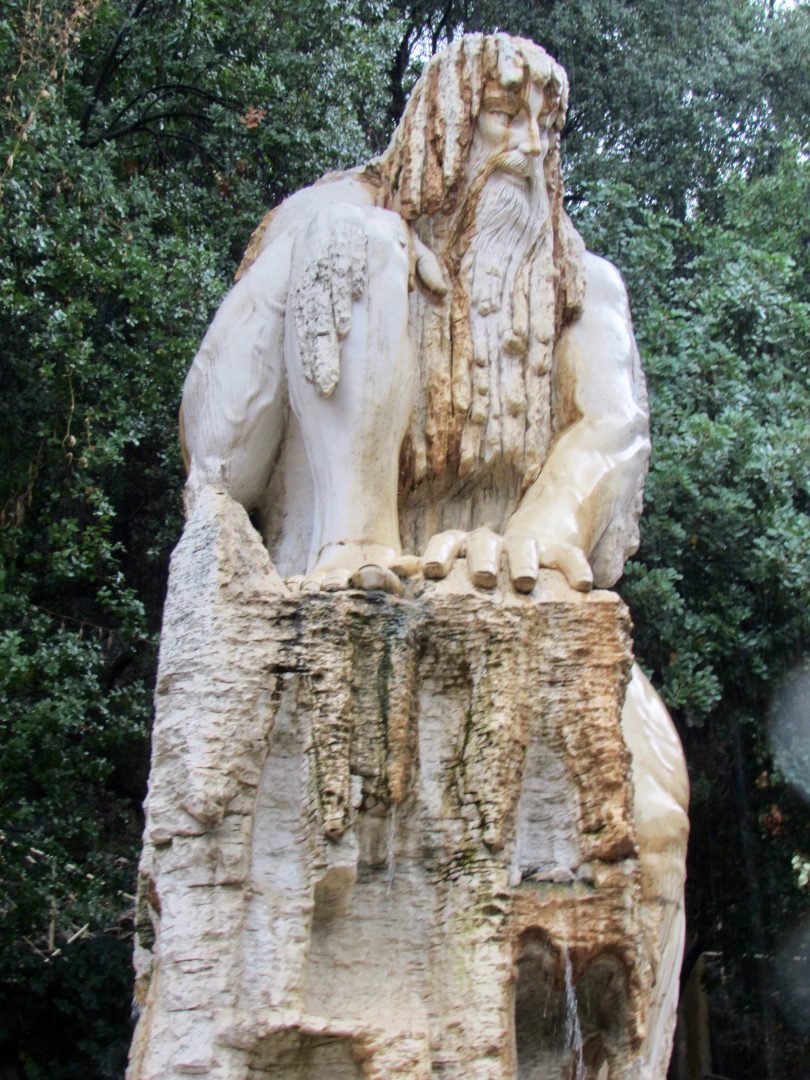
By bliss I did not have to walk much, only to where the boat is taken. There is room for about five ships and for long lines. As it was low season we were able to ride one, but it is estimated that the Jeita Grotto receives almost 300,000 people per year, including many locals.
Travel in an electric boat on an underground river
This gallery has a length of 6,200 meters (20,300 feet) but only takes you in electric boats for 500 meters (1,600 feet). This is the quiet part before reaching the waterfalls and rapids. The walk is very serene with lights illuminating the cave. When it’s over you don’t want to get off the boat, but they won’t let you go again.
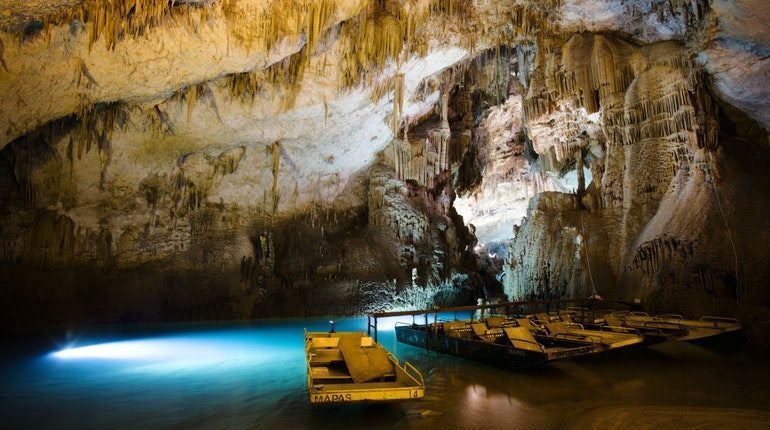
This cave is very important for Lebanon as an underground river is submerged in the canals that supplies more than one million Lebanese living in Beirut with drinking water.
When I left the lower cave, my flip flop broke again and I had to walk barefoot to the car.

Along the way there are beautiful gardens with statues of Phoenicians outside. There is also a place to eat. As the weather was bad and I had no shoes, we decided to take them for granted and we returned to Beirut.
